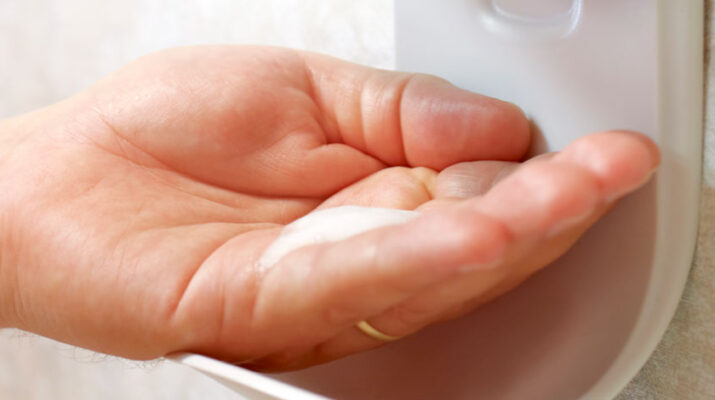By Deborah Jeanne Sergeant
For more than 18 months, much of the world has been slathering on hand sanitizer to protect against COVID-19.
That may not be a good idea.
A new study found in several brands of sanitizer high levels of “contaminants” — including benzene, a cancer-causing agent, according to the Centers for Disease Control and Prevention. The FDA has issued a list of sanitizer brands to avoid.
Valisure, a product testing company in Connecticut, examined 260 bottles of sanitizer from 168 brands and discovered that 17% of the samples contained detectable levels of benzene. Of those, 21 bottles contained levels of benzene above two parts per million. The FDA set that amount as a temporary measure to help supply sanitizer during the pandemic. Ordinarily, the FDA ranks benzene as too toxic for inclusion in personal care products.
Liliana Yohann, pharmacist at Irondequoit Pharmacy in Rochester, advises clients to properly wash whenever possible.
“If your hands are visibly soiled, use soap and water and wash for 20 seconds,” Yohann said. “That is the best recommendation.”
Using sanitizer to try to scrub off soil uses much more of the product and is not as effective as washing for removing soil.
“Sanitizer is not something to use all the time,” she said.
Reducing the amount of sanitizer used can help reduce exposure to any possible contaminants and minimize drying of the skin. Yohann refers patients to the Centers for Disease Control and Prevention page on hand hygiene recommendations at www.cdc.gov/handwashing, which recommends using hand sanitizer of at least 60% alcohol content when soap and water are not available to clean hands.
Greg Ladd, pharmacist at Danwins Pharmacy in Webster, encourages those who use sanitizer — especially those who use it regularly — to seek a name brand.
“Purell is a common household name,” he said. “Any product you don’t know where it’s from or you don’t know its source is a risk. If you’re ordering on Amazon, you don’t know.”
Off brands could be sourced from countries not as stringent with ingredients as the United States, which means contaminants not deemed safe by the FDA could be present.
During the quarantine, some distillers began making sanitizer to bolster the supply. Ladd said that these would fall under US guidelines and would be safe to use.
“Anything the distilleries were making was basically alcohol,” he said.
He added that it may be important to scrutinize labels of products of lesser-known origin if they boast of added benefits such as moisturizers or coloring agents.
“Anything with extra things in it may be a marketing technique,” Ladd said. “You might be paying extra so it’s dyed green. Some ingredients may help hands dry faster or may not include ingredients that make hands sticky. Big name brands are good at this. But there’s not necessarily anything wrong with one that’s runnier or stickier.”
Although sanitizing stations have become part of most public facilities, taking your own bottle from home can ensure you have a safe product to use.

